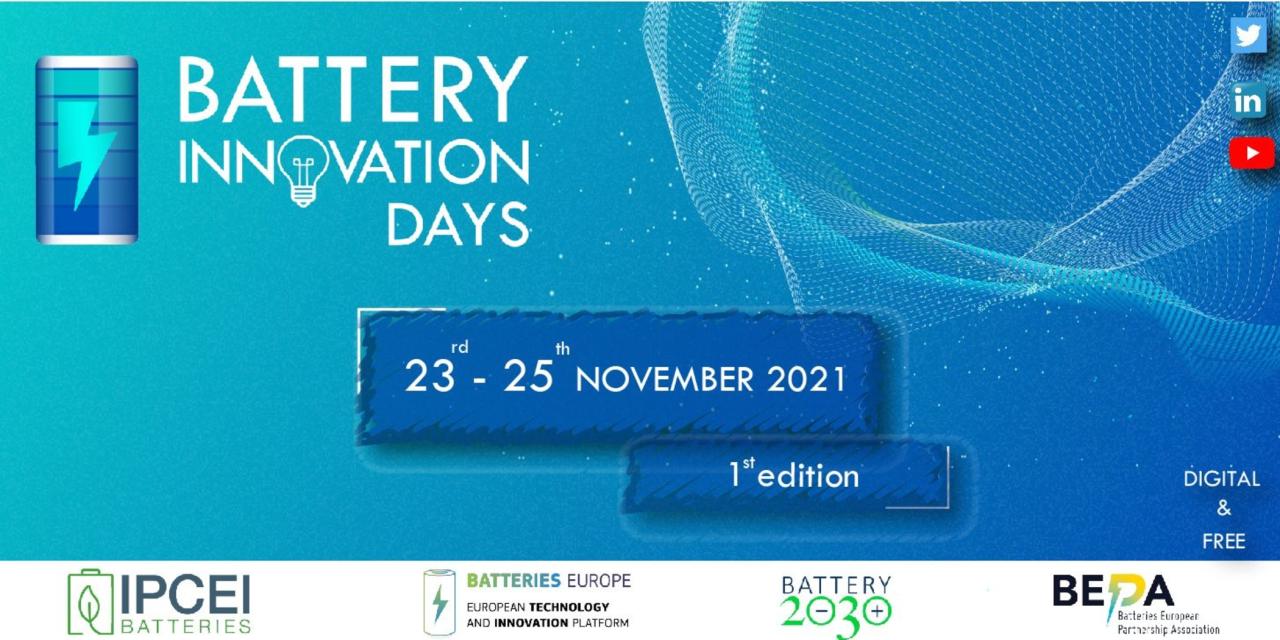
Battery Innovation: Powering the Future
Batteries are essential components of modern life, powering everything from our smartphones to electric vehicles. As the demand for these devices grows, so does the need for more efficient and powerful batteries.
Lithium-ion Batteries: The Current Standard
Lithium-ion batteries have become the industry standard for portable electronics due to their high energy density, long cycle life, and low weight. However, these batteries have reached their theoretical limits in terms of performance and capacity.
Next-Generation Batteries: Beyond Lithium-ion
Researchers are exploring a range of next-generation battery technologies that promise to surpass the capabilities of lithium-ion batteries. These technologies include:
- Solid-state batteries: Replace liquid electrolytes with solid materials, resulting in higher energy density, faster charging, and longer lifespan.
- Metal-air batteries: Use the oxygen in the air as the cathode, providing potentially limitless capacity but requiring additional protection against degradation.
- Graphene batteries: Utilize graphene’s exceptional mechanical and electrical properties for increased energy storage and rapid charging capabilities.
- Flow batteries: Store energy in liquid electrolytes, allowing for flexible scalability and long-duration storage.
Benefits of Battery Innovation
- Extended device life: Batteries with higher capacity and longer lifespans will enable devices to operate for longer periods without needing to be recharged.
- Faster charging: Advanced charging technologies will reduce the time it takes to charge devices, making them more convenient to use.
- Increased energy storage: Batteries with higher energy density will be able to store more energy in a smaller space, powering larger and more powerful devices.
- Enhanced safety: Next-generation batteries will be designed with improved safety features, reducing the risk of fires and explosions.
- Reduced environmental impact: Batteries made from sustainable materials and with recyclable components will minimize their environmental footprint.
Challenges and Opportunities
Developing and commercializing next-generation batteries faces numerous challenges, including:
- Cost: Advanced battery technologies can be expensive to produce.
- Safety: Ensuring the safety of new battery chemistries is crucial.
- Manufacturing: Scaling up production of new batteries requires significant investment and infrastructure.
However, the potential benefits of battery innovation are immense. By overcoming these challenges, we can unlock a future where devices are more powerful, convenient, and sustainable.
Conclusion
Battery innovation is essential for the continued advancement of modern technology. Next-generation battery technologies promise to revolutionize the way we power our devices, enabling new possibilities for mobility, energy storage, and beyond. By investing in these technologies, we can create a future where batteries are no longer a limiting factor but rather a source of endless possibilities.


